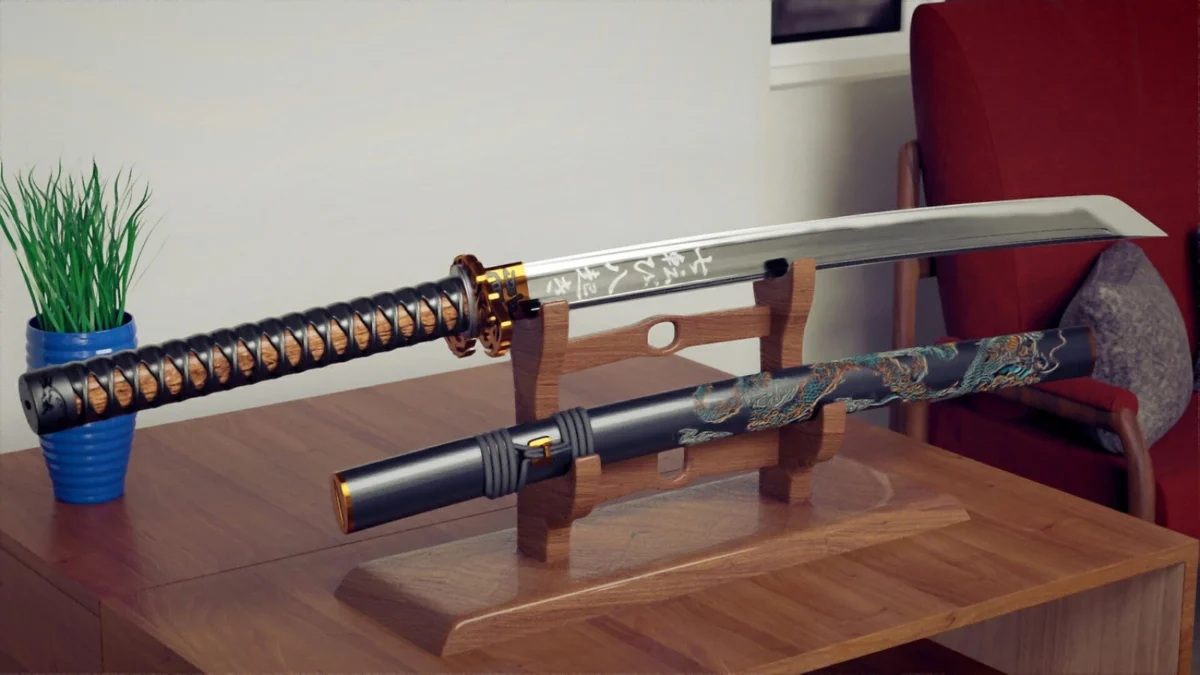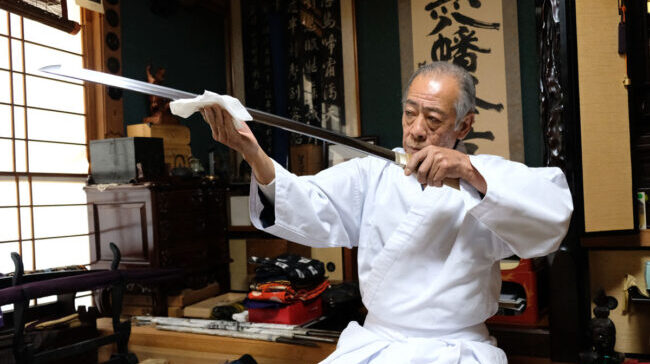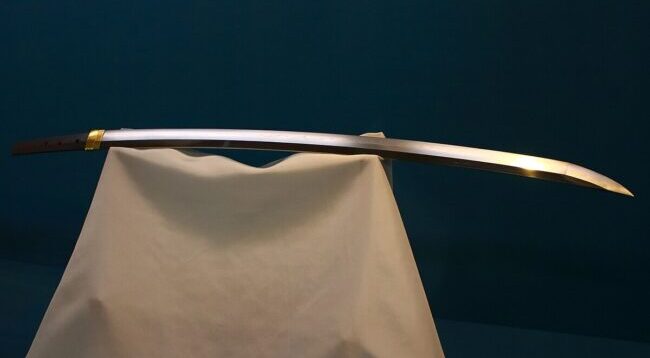Many cultures worldwide practice the ancient art of forging swords, an ancient method that has been practiced for centuries.
But there is no beating the quality, elegance, and sharpness that can be had from those that are manufactured by skilled swordsmiths native to Japan, as well as the fact that they feature curved, slender blades with a single-edged blade, a circular or squared guard (tsuba), and a long grip that can accommodate two hands.
They also feature curved, slender handles. Katanas have been used as weapons of choice by the samurai warriors for centuries, and the art of forging them dates back centuries.
But today, they’re admired more as status symbols than anything else, and many collectors around the world are simply collecting them as a form of art for the exquisite quality of their finishes, as well as the superiority of their blades that can’t be matched by anything else.
Katanas Are Nothing Like Ordinary Swords

Do you think Katana swords are like ordinary swords? If yes, you need to think again. Katana swords are not even close to ordinary swords. Furthermore, It is a very tedious, time-consuming, and labor-intensive process to make katana swords.
Originally, the best kind of Katana was “tamahagane,” literally “precious steel.” It was made of iron sand found only in the Shimane region of Japan. Steel is made harder by heating the sands to 1200°C mixing them with charcoal, increasing the carbon content.
A single batch of steel takes about 3 days to make, and the final product isn’t always stable. By looking at the color of the tamahagane, an experienced swordsmith can determine the quality of the sword.
Bright silver is a good color for sword materials. The ancient swordsmith process relies heavily on individual skill and experience, something you can’t measure. Although the result may be superior in terms of craftsmanship, mass production is not possible due to the high cost.
Katana swords are not just weapons; instead, they are artistic masterpieces. These swords reflect the craftsmanship and cultural values of the samurai. Additionally, Katana’s spiritual importance is deeply ingrained in Japanese culture. For samurai, the sword is a soul-bound companion, an extension of their honor and identity.
What Goes Into Making Katana

Traditional Japanese katanas are forged with differential heat treatment, which makes them one of the best swords in the world.
Sword spines and edges are heated and cooled at different rates. Consequently, it creates a spine with a greater degree of flexibility and a stronger edge.
It is important to note that traditional Japanese katanas usually have the right composition of metals.
Typically, it takes about six months to make a sword and another six months to polish it. Unlike other swords, the katana has a modular construction, which is yet another reason that makes it stand out from the rest. Swords are truly characterized by their blades.
As for the other parts, the Koshirae, such as the tsuka/tsuba (handguard) or saya (scabbard), can be replaced as necessary. During the sword-making process, swordsmiths refine iron-rich sand by firing it in the tatara into iron ore chunks.
After taking delivery of the refined ore, the smith divides it – the ore containing less carbon is used for the sword’s body; the harder, more carbon-rich ore is retained for forging the edge. Separately, these pieces are melted down at 1300°C to produce one steel slab.
How Do You Tell if a Katana Is Genuine?
As a hand-forged Japanese sword, the Katana holds much artistic value and has been forged by a licensed swordsmith from Japan. A traditionally-made katana, known as a nihonto, is made from a type of bamboo called tamahagane, and it has all the artistic features like hamon and jigane that prove its quality and value.
It is important to mention that Katana swords are characterized by their unique design featuring a slender, beautifully curved blade with a circular or squared guard and a proper long grip which can accommodate two hands.
If the sword comes from a well-known swordsmith regarded as one of the best in the world, an authentic katana may cost around $7,500 or even $50,000, depending on the swordsmith and other things.
The price of high-quality replicas, on the other hand, is around $1,000. Depending on the quality of a replica katana, you may be able to practice tameshigiri, or test-cutting, with it.
How You Can Get One for You
Katana swords are crafted with precision. These curved swords have gained significant attention of the enthusiasts and historians alike.
Forging a traditional Japanese katana from scratch is not an easy task, as it is a very complicated process that involves a lot of skill and effort.
Japan’s swordsmiths during its feudal period, unlike the swordsmiths of today, did not mass-produce cheap swords but instead handcrafted their katanas with great care and attention to detail with fine materials.
Forging the iconic sword was often a laborious and painstaking task that took bladesmiths months to achieve, with their hearts and souls invested in forging it. Nevertheless, you can still get your hands on some genuine katana swords from Katana which promise quality and elegance at an affordable price.
Why Katana?

Collectors and martial artists often seek katana swords because of its values as a symbol of discipline, craftsmanship, and respect for tradition.
Whether they are displayed as an art piece, are used in martial arts practice are admired for their historical significance, Katana swords continue to gain attention of enthusiasts and serve as historical tradition of Japanese.
Conclusion
This article has given you some insight into how you can find a Katana that looks great as well as performs well, but also what exactly you should look for when buying a Katana.
Lastly, how can you ensure you get a legitimate product from a reputable seller who will not attempt to dupe you into buying junk products? Hopefully, you have gotten your answers from this article.
